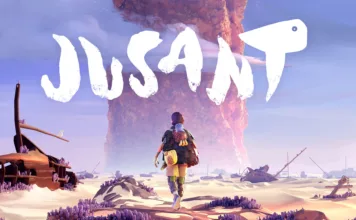The term “First Person Shooter” Is now a household phrase linked to big franchises such as “Call of Duty”, “Battlefield” and “Halo”. The FPS Genre Is arguably the most popular and divisive flavour of video games, ranging from RPG’s to absolute bloodbath deathmatches online. But how did all of this come about? Halo just didn’t spring up from the ground, did my readers know that Bungie had developed an FPS title years previously that redefined the genre? Or that Battlefield 1942 wasn’t the first massive multiplayer FPS? Find out below in this writers Article which is lovingly named “Multikill! – Gibs to Grenades”
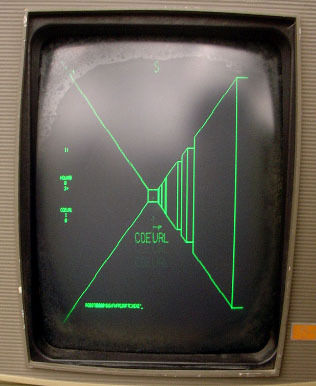
The first game to utilize a first-person perspective would be “Maze War” (1973) which released on various formats such as Imlac PDS-1 and Macintosh. This was similar to the view of Fallouts Pip-boy screen with green wireframes to distinguish Maze walls in front of a black background. A year later “Spasim” (1974) released on the PLATO Computer Network, maybe not the best choice for the name of a Space-Sim but we get where they were going with it! Spasim was a Multiplayer FPS that had 4 teams of 8 players controlling a Spaceship from one planet to another. V2 of the title added resource management and strategy systems to further engage teamwork. Both of these titles are considered to be the joint ancestors of the FPS genre due to their close release dates.
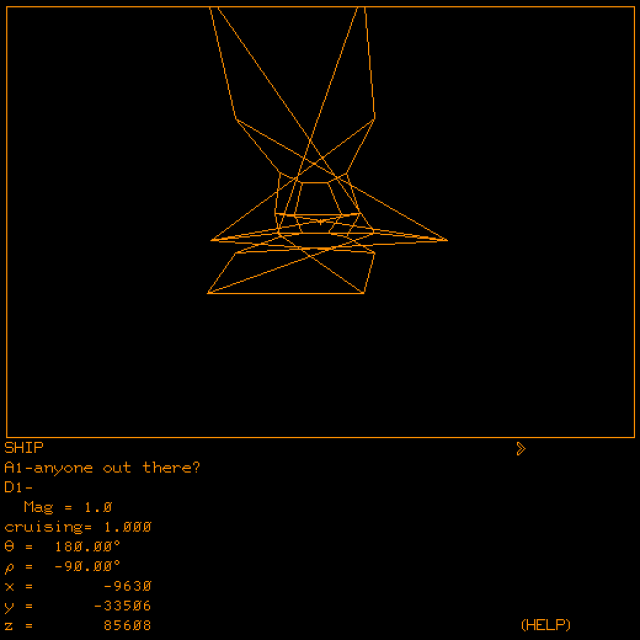
“Midi Maze” (1984) was released on the Atari ST which featured the first form of deathmatch combat in an FPS title. This title also introduced what would grow to be the basis of LAN parties by harnessing a multiplayer network via Midi ports on the Atari ST called a “Midi ring”. This had to be hooked up correctly as more than 4 players using an incorrectly set up Network would slow the game to near 0 FPS. Players characters were reminiscent of Pac man whilst bullet were little balls, Midi Maze would be later ported to consoles such as GBA!
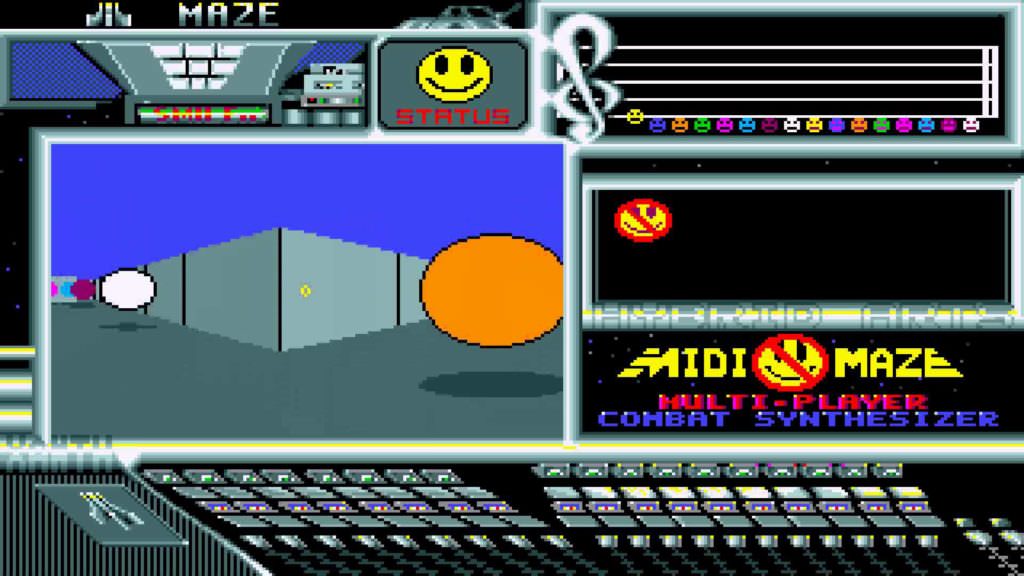
So far we know the FPS genre is alive with a handful of titles, but where’s the first big hit? There has to be a defining title that got First Person Shooters to the height of popularity they enjoy today? Well, there are multiple stand out titles. The first big hit within the FPS genre and responsible for turning on 1000’s of enthusiasts and developers was “Wolfenstein 3D (1992)”
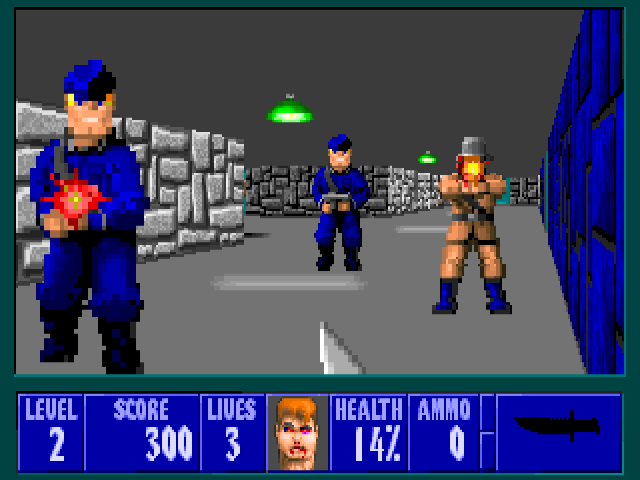
Wolfenstein 3D was the 3rd title in its series but was the first FPS to turn the genre visceral thanks to killing Nazis and real-world weapons such as Pistols, Rifles and Knives. The team at Id software focused on making a 3D environment by focusing views on a single plane. Titles such as “Hovertank 3D” and “Catacomb 3D” serves as prototypes for Wolfenstein as they provided revelations such as Ray Casting and Texture mapping (Building levels and Adding textures to 3D models and terrain basically). At the time, there wasn’t a fast-paced and technically advanced game such as Wolfenstein 3D and is heralded as the flame for the ignition of the FPS genre.
Well, for a while. But the repetitive level design and similar situations got a bit old. Enter “DooM (1993)”, there’s a reason why people call a lot of sprite-based FPS DooM clones. Improving the formula laid down by Wolfenstein 3D, DooM has seen multiple re-releases and ports leading up to Xbox 360 and PS3. That’s 19 years’ worth of release history for one title! If Wolfenstein was the flame, DooM was the revving engine, it brought much needed variation such as variations in height so players could climb stairs, higher resolution textures, darker shadows and a more variated level map to overshadow Wolfenstein’s now sub-par level design. DooM also featured true Death Match multiplayer which has helped earn its place as one of the most important games in the First Person Shooter Genre.
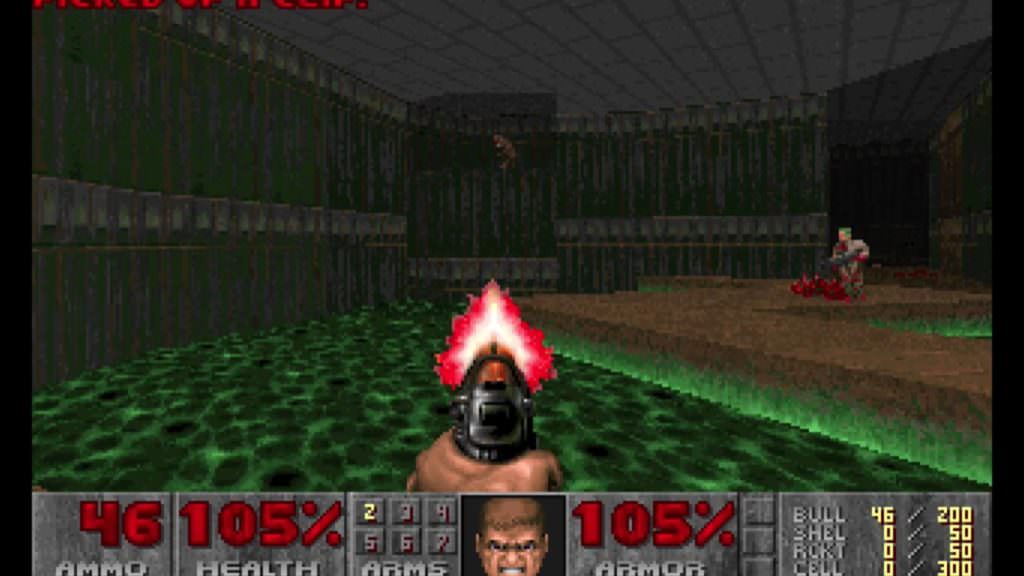
For the next couple of years, we saw Raven software, Bungie, and Lucas arts taking the reigns as market leaders with:
“Heretic (1994)” – Featuring vertical aiming and Gibs for the first time along with an inventory system.
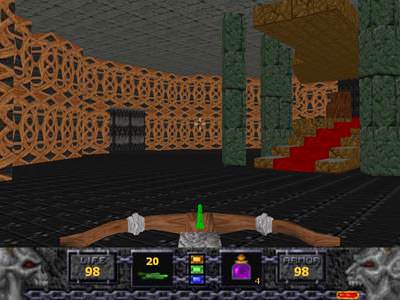
“Marathon (1994)” – Featuring a few genre firsts such as Free Look, Dual wielding / dual function weapons, story-driven gameplay, friendly NPCs and various multiplayer modes such as king of the hill.

“Star Wars: Dark Forces (1995)” – Building on the achievements of 1994 plus crouching. It really is a good series, honest!
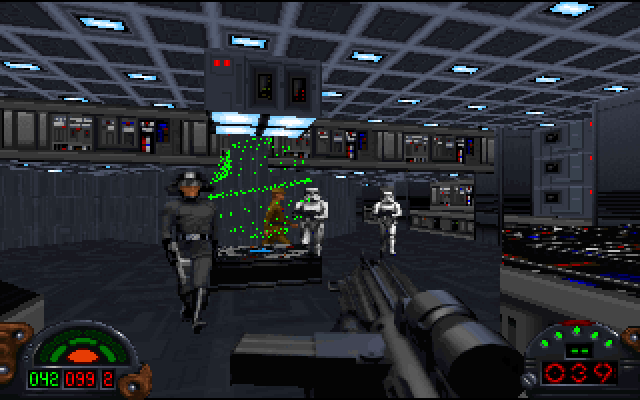
“The Elder Scrolls: Arena (1994)” Is also worth a mention in this FPS feature. This then very ambitious MS-DOS title was released on Floppy disk and CD-FROM featuring a realistic fighting mechanic, magic, a free-roaming world and CGI video sequences. Although it was a little unstable and the travel times in the game were quite unforgiving, it was a step in the right direction for the future of open-world RPGs and for the limitless boundaries set within the realistic FPS perspective.
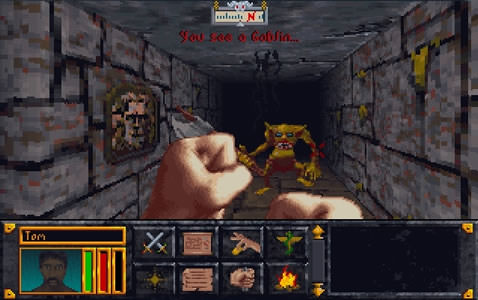
“Duke Nukem 3D (1996)” Obviously deserves a mention for its immature, derogatory and ill-mannered approach to FPS. Duke Nukem is a satire of the now popular FPS genre with a typical 80’s macho attitude. Duke Nukem also marked the end of the Sprite style presentation that Wolfenstein and DooM first heralded.
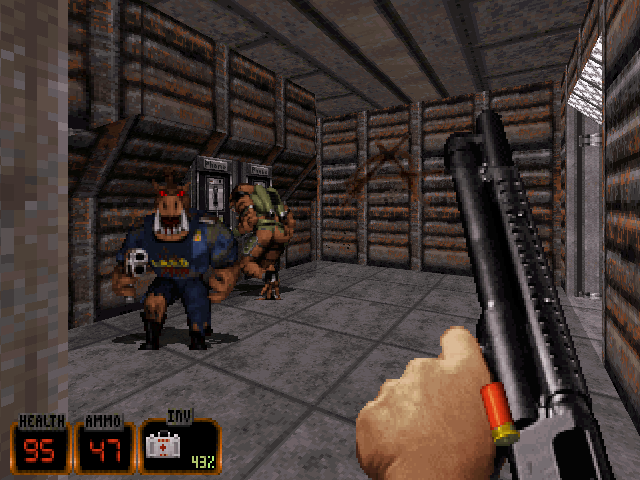
“Quake (1996)” once again redefined the FPS genre with the introduction of the Arena Shooter Era. With a primary focus on multiplayer gameplay, Quake featured Polygon 3d models replacing traditional “Sprites” and support for multi-mode online gaming. This sparked the revolution of LAN parties, tournaments and even a yearly event named Quake con. Both the event and these in game features are still the focus of Multi-player FPS today! Another genre first was player modifications allowing them to create their own modules.
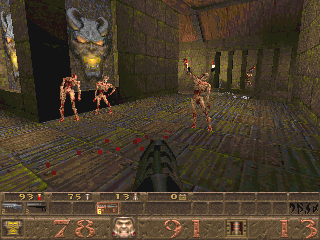
The N64 became home for ports and original FPS in its hay day. This Is mostly thanks to Rare’s masterpiece: “Golden Eye (1997)”. This really was the first instance of couch split screen multiplayer translated correctly with a gamepad. For 7 years running it was the best-selling game on the N64 in North America for a number of reasons: It had an immersive single player storyline featuring stealth elements, an aiming system for precision kills Inc. headshots (best done with the sniper rifle) with different character animations dependant on your shooting position and most importantly for the game, an awesome multiplayer mode with well-designed maps.
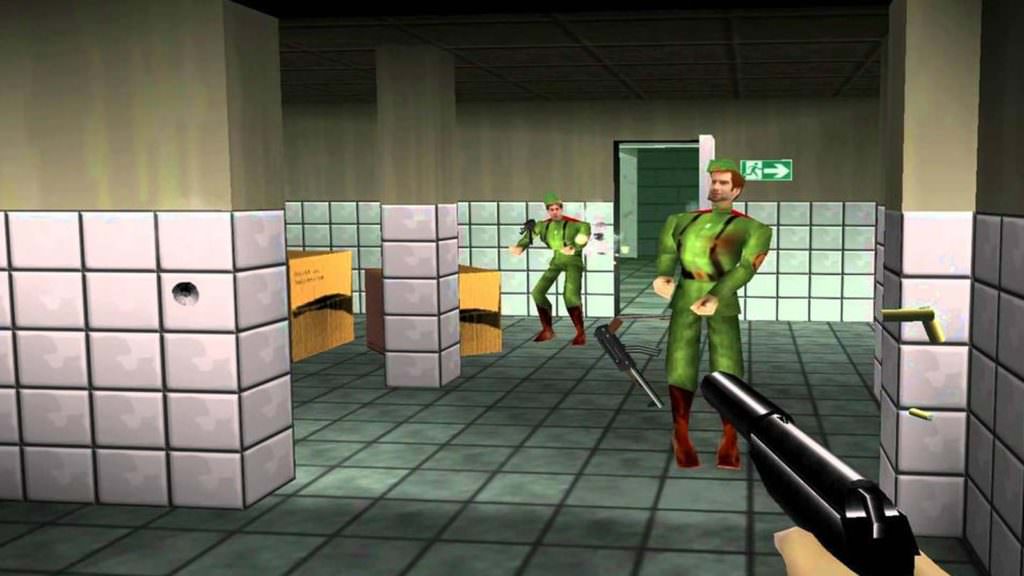
Bringing the focus back to single player in another genre-defying move, Valve released the legendary “Half Life (1998)”. Its A.I. was out of this world for its time, reacting to explosions, persuading you and genuinely being a big bag of dicks. Believe it or not, Half-Life was a slow burner. But by the time its big brother was released, “Half-Life 2 (2004)”, It had been recognized as one of the most important Games ever made! Half Life 2 only built on what made the original half-life amazing, but what’s wrong with that right!?
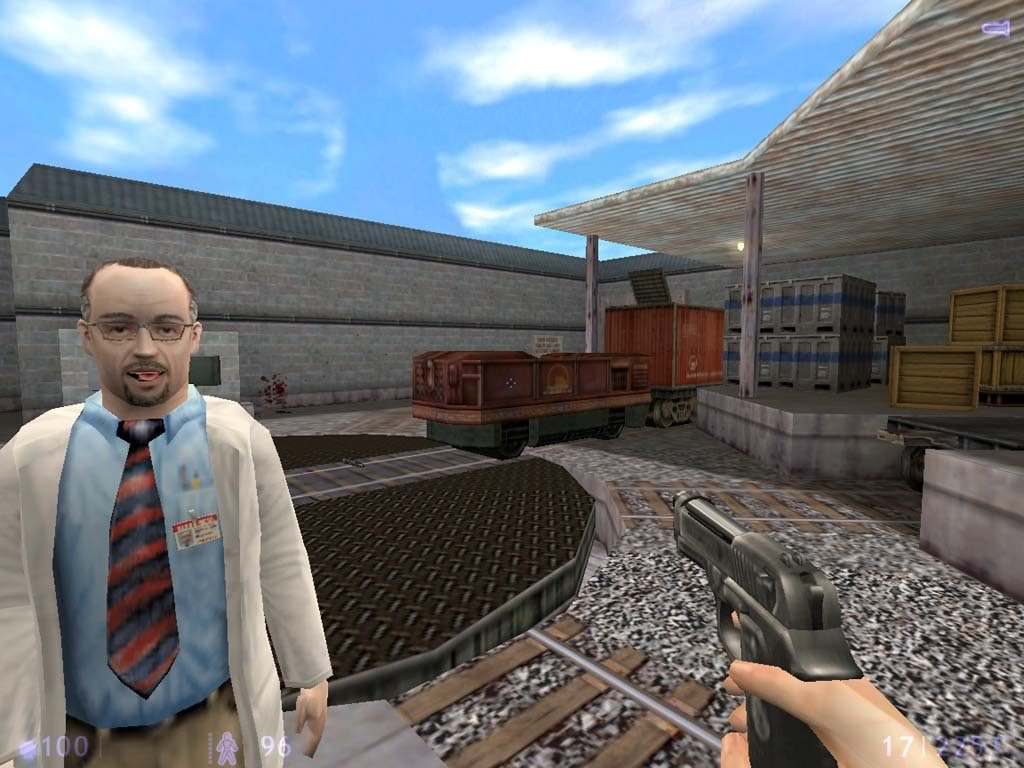
1998/1999 was also the year’s military shooters began to appear left right and centre such as the legendary “Tom Clancy rainbow 6 (1998)” and “Medal of Honour (1999)” which started the almost never-ending string of World War shooters. “Star Siege tribes (1998)” is also worth a mention here with its massive 32 player online matches and quirky mechanics. Each with their own string of selling point pointing towards multiplayer, the Multiplayer FPS arms race was a varied rainbow of options.
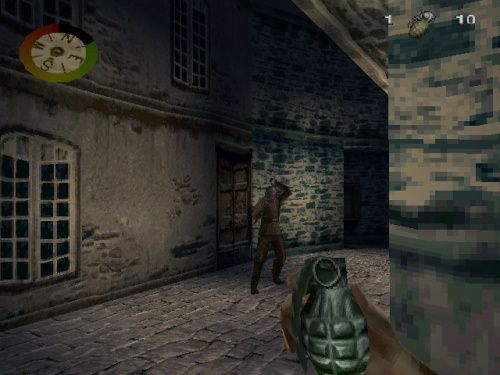
Now to this games writers’ favourite bit, this was the time when this writer was in full on LAN party mode, up at all hours with my clan smashing up the leaderboards. It was time for (In this nerds opinion) the golden age of Arena Shooters In “Unreal Tournament” and “Quake III Arena” (both released in 1999)
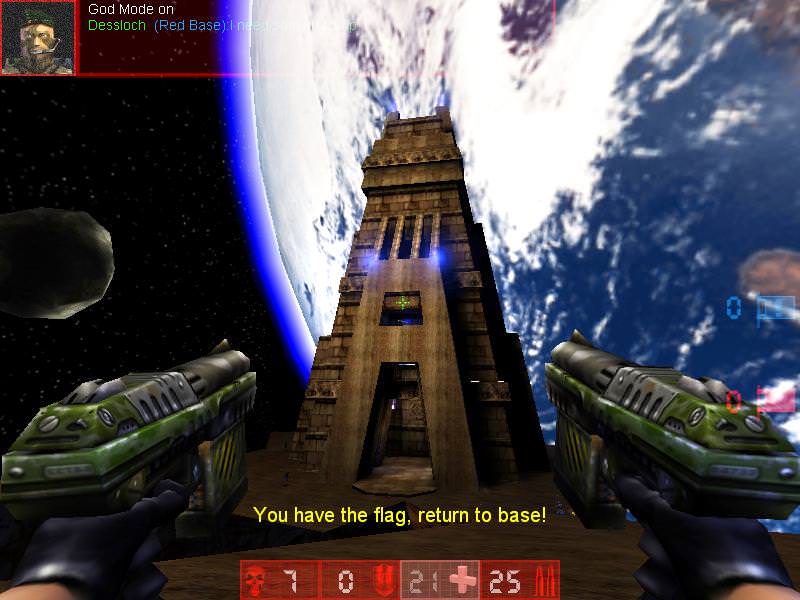
I leant more towards Unreal Tournament due to its Level Design, weapon design and overall flow. But Quake III Arena was also absolutely amazing. Both featuring shield and health Gibs, ammo drops, quad damage and ridiculous Arena commentators, the more of Unreal Tournament grabbed me. The idea of Warring factions settling differences in an Arena with real-life redrawn so combatants have to experience death time and time again just got me off I guess! It was a more elegant weapon for a more civilized age…………
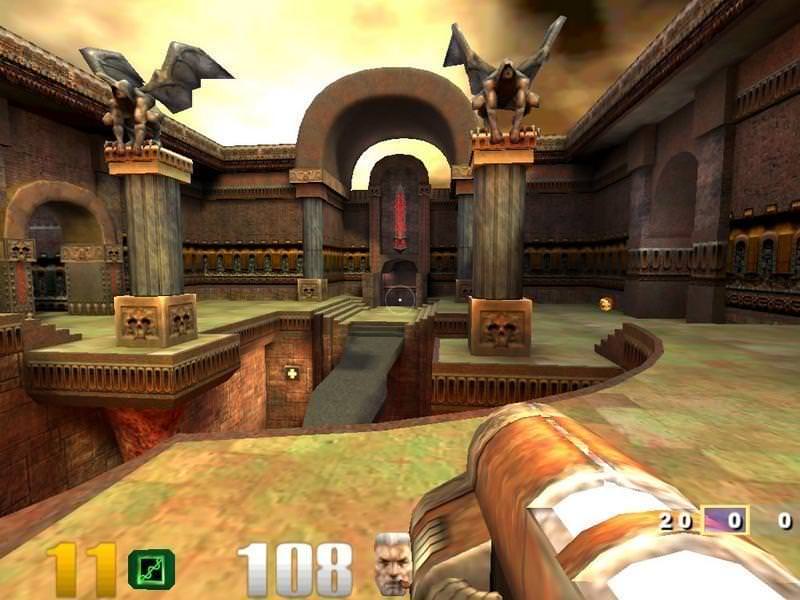
For the more skilled and competitive player, there was a new mod out for Half Life called “Counter Strike (1999)”, and It kind of became a big deal. Split into two teams, players either had to carry out an act of terrorism or prevent one. It was and still is a thing of beauty, with the progression system rewarding player performance equating to in-game currency to buy better gear. Ahhh, the un-sodomised world of multiplayer progression pre-loot boxes!

1999 must have been this writer’s year because this is when we saw the release of “Halo: Combat Evolved”. Now If readers want to know more about Halo, check out my Love Affair series for a whole opinion piece on Halo! The short version is, Halo build on the couch potato split-screen gameplay we loved so much in Golden Eye and also ushered in a rise in FPS on consoles being fully utilized via a gamepad (Oh how the PC crowds piss boiled!) Halo would later smash new ground again as making “Halo 2 (2004)” the most successful Online game via its then budding Xbox Live online gaming service. From there, console FPS showed no signs of slowing down.

From this point on, the only limit was your chipset. Year on year developers released there next big thing cross-platform (mostly) which was amazing!
On the RPG side of things, we had games like Bethesda’s “Elder Scrolls III: Morrowind (2002)” and Ion Storms “Deux Ex (2002 in the EU)” that broke new ground in terms of freedom, exploration, levelling up systems, A.I. etc. More information on the Elder Scrolls Series can be found In “Reggie’s Love Affair With: The Elder Scrolls Series” These releases were also cross-platform, not just PC releases which were rarely seen at the Time!
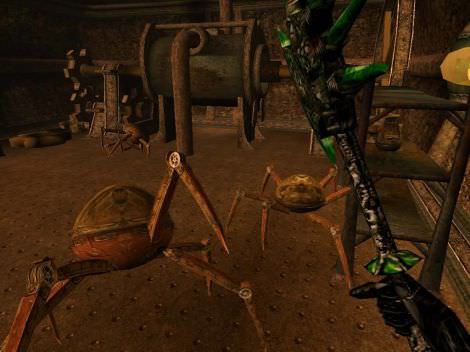
2002 was another amazing year for FPS, building on what Star siege Tribes had achieved a few years previous, “Battlefield 1942” appeared in what was an overnight success story. Battlefield 1942 recreated real battles in its Multiplayer maps and encouraged teams to work together. Vessels, aircraft and land vehicles were drivable as well as various classes available to bring the fight. It’s that successful the formula is still being copied today with Was Star Wars Battlefront series. This series would as well become cross-platform in the future and compete with some of the most defined FPS of the modern age!

“Planetside (2003)” brought us the first FPS mom with 100s of players in the game at once which is just crazy talk in 2003! We also were given the gift of the “Serious Sam Series (First release 2001)” and “Painkiller (2004)” which were the Dynasty Warriors of FPS. Waves and waves of enemies to dispose of in brutal and flash ways!
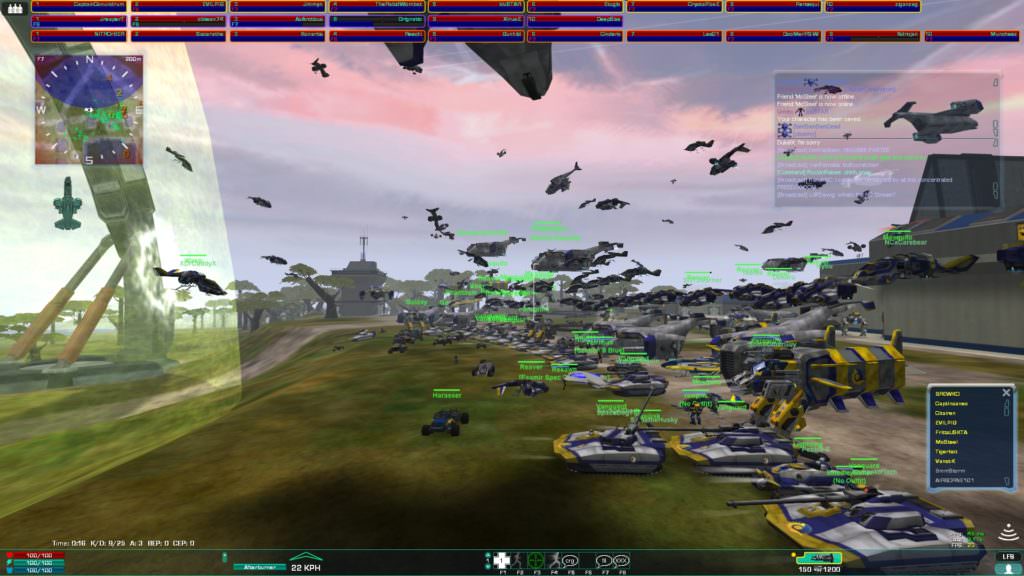
“Far Cry (2004)” Was set to be Crytek’s grand testament to its then-new Cry Engine and met critical acclaim on release mainly for its free roam elements, graphical prowess and overall gameplay. With over 730,000 copies sold within the first 4 months of release, this definitely helped FPS gain a foothold in well-written stories within gaming over traditional platformer and action/adventure titles.
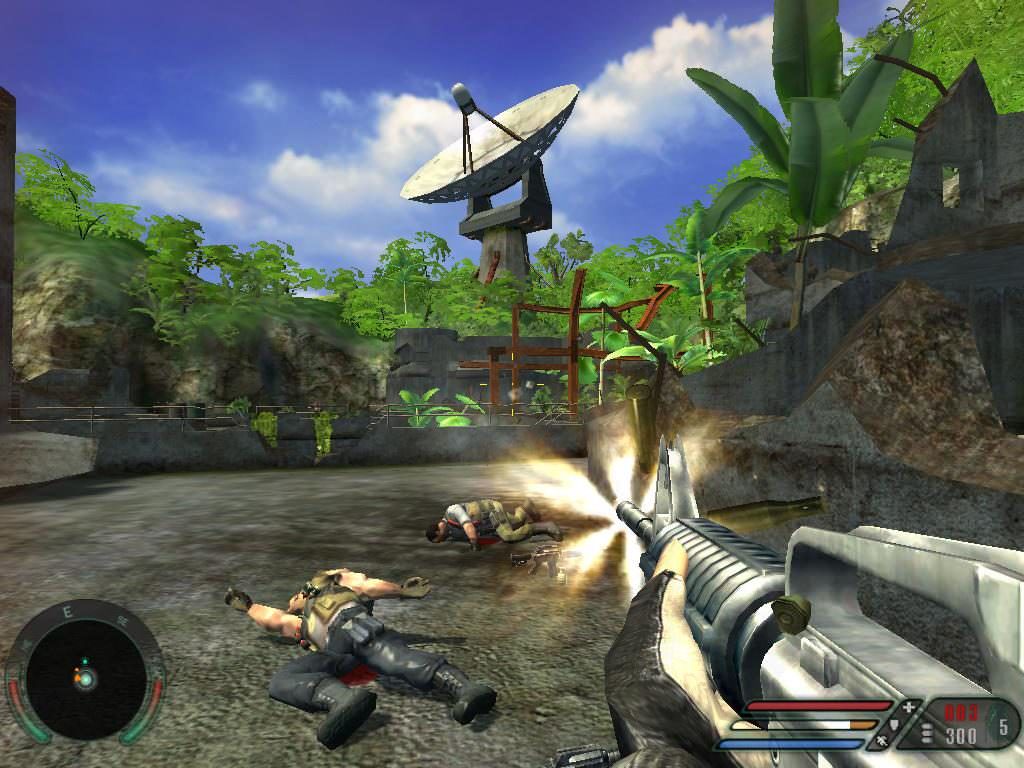
Myself and my group of friends in secondary School would hook up one of our pals’ PC to his 22″ Old School TV via a VGA to AV cable and shit ourselves playing through “F.E.A.R. First. Encounter. Assault. Recon (2005)”. This title involved beating back the supernatural hallucinations and creations of Alma which spawned 2 expansions and 2 sequels. As one of the more memorable horror FPS next to the Original “Condemned (2005)” which both saw releases on Xbox One and Windows, gimmicks such as Reflex Time to reflect the player’s characters’ superhuman abilities. One of F.E.A.R.’S big selling points was Its action focused A.I. that decided when to duck/ take cover and when to press on at enemies. They could also traverse many game objects such as jumping through windows and going through crawlspaces. It actually won Game spy’s A.I. award in 2005!
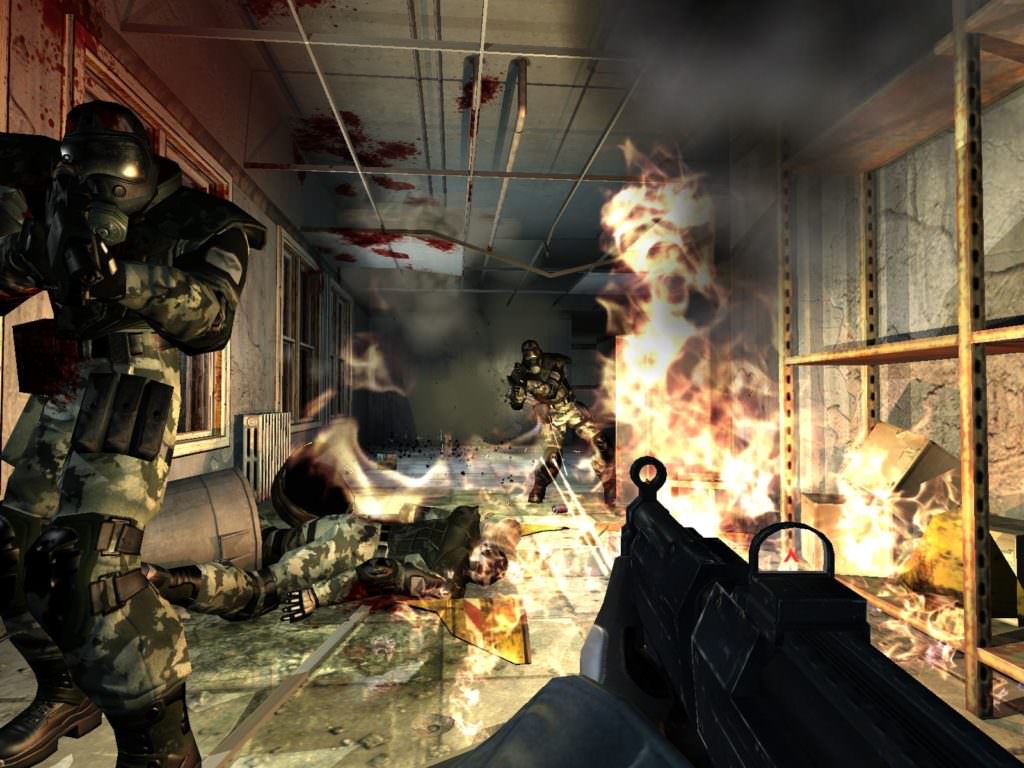
Fast forward to the release of “Bio shock (2007)” which many heralded as 2K’s spiritual successor to the System Shock series, Bio shock is home to the now ruined Underwater metropolis Rapture. Rapture was set to be the start of a religion-free society and a new beginning for mankind, complete with chemical human enhancements. It didn’t really work out. Bio shock is a fusion of Biopunk, RPG and Survival horror complete with an amazing narrative. Again, an amazing step forward for immersive FPS.
In a surprising move by the Valve Corporation, get added a game based on Half Life 2s engine entitled “Portal (2007)” into its Orange Box Collection. It’s a puzzler FPS but in a cool way. Players have one weapon, a portal gun. The first shot fires a blue portal with the second firing an orange portal. You then walk through one portal and appear out of another one. Simple Right? I have spent literally hours figuring out some of this title and its sequels puzzles, an absolutely brilliant use of First Person Perspective!
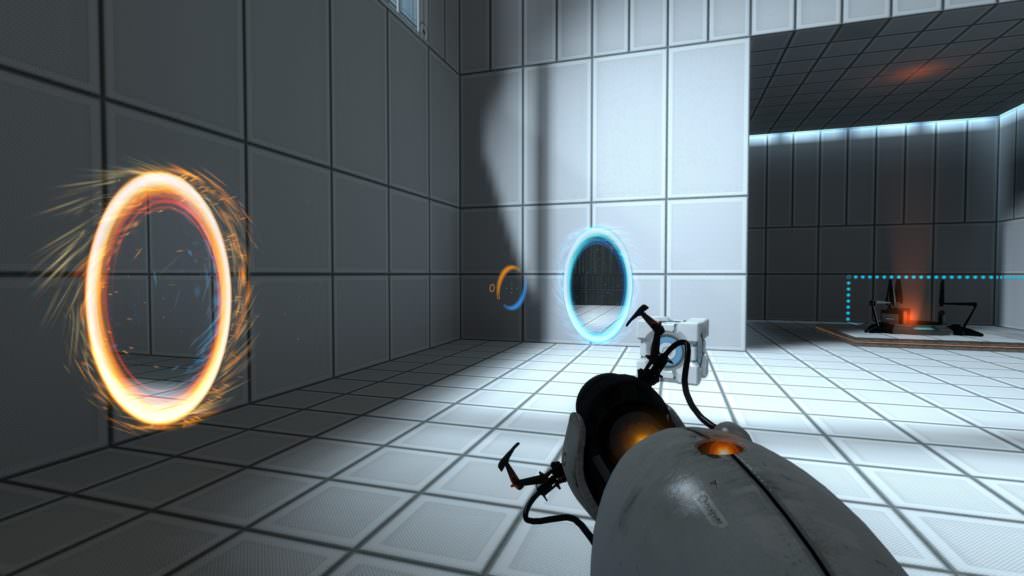
What FPS article would be complete without a mention of Call of Duty? Particularly one of the most important shake-ups within FPS in the last 20 years. “Call of Duty 4: Modern Warfare”
changed up the then tried and tested formula of historic world war storylines and brought the franchise into the modern age. Modern Warfare followed the journey of Soap McTavish in the SAS based in locations from the Middle East to Ukraine and Russia trying to take down an ultra-extremist regime that threatens the well-being of the whole globe. Modern Warfare introduced the now well-used aim and shoot mechanic, which has even been taken on by the Halo Franchise.

Modern Warfare started a new military arms race in gaming, even making Medal of Honour come back into action for a truly terrible self-titled effort. EAs Battlefield series have even tried to cash in on the action, this has skyrocketed both the Military shooter genre of FPS and the main genre of FPS in general.
Crytek also released its infamous PC killer “Crysis (2007)” which literally fried peoples’ CPU’s as the game was that demanding! This writer remembers forums ablaze with peoples’ different PC builds, in fact, it actually became a challenge to build an affordable setup that ran Crysis at 30 Frames per second.
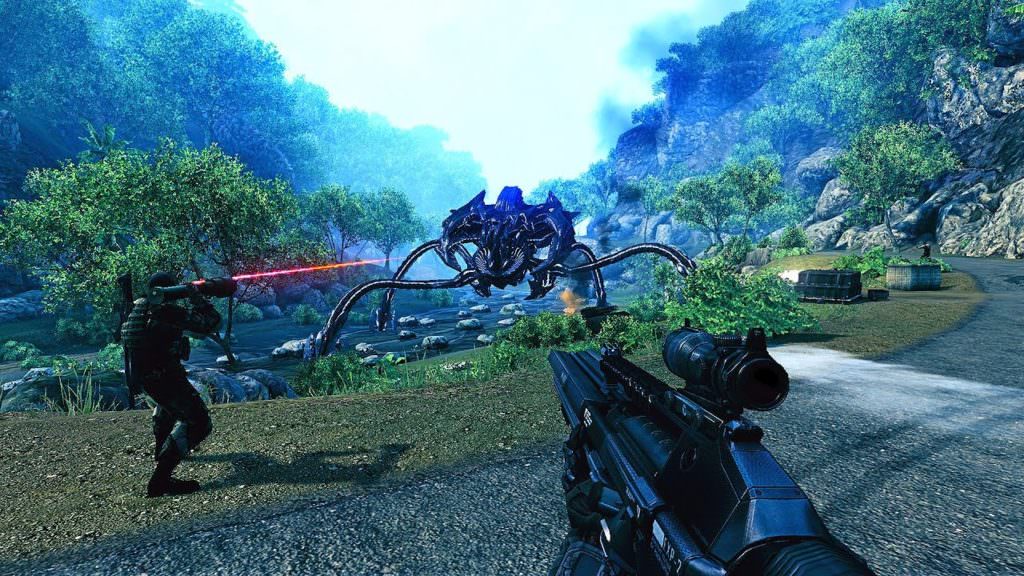
Looking forward to today, we can see FPS dominating the landscape within the growing ESports community, the genre being associated with superior mental capabilities and even grand returns of beloved FPS franchises such as Bethesda / Id Software’s DooM reboot. This writer still thinks there is a lot of untapped potential within FPS that can only become more grand as technology advances. FPS is also the forefront of VR which is the “in thing” at the minute. I guess the closest glimpse we will get is this year’s E3 conference.












